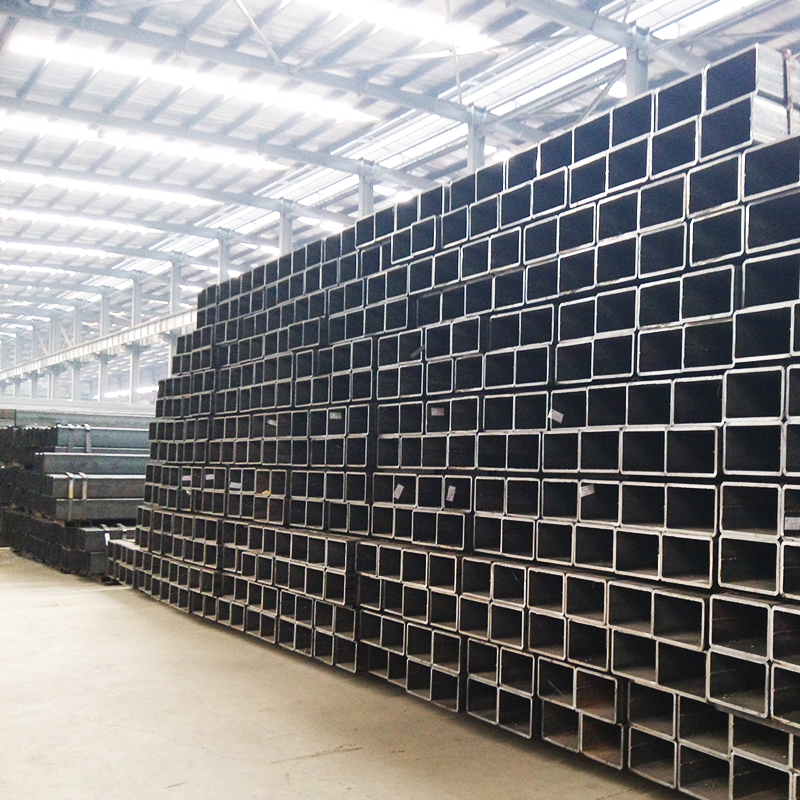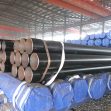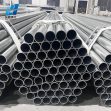How to look at painting treatment for welded steel pipe
According to the statistics, about 45% of the coatings are used to decorate and/or protect industrial products (called “product finishes”). There are two common methods to prevent corrosion from steel metals: cathodic protection or barrier (blocking the electrolyte from the surface by using a paint system). Technically, paint is the most commonly used material to protect welded steel pipe in a mill. Paint systems for steel structures have developed over the years to comply with industrial environmental legislation and in response to demands from bridge and building owners for improved durability performance.

As a rule, without a protective coating, steel or iron is easy to produce rust — a process known as corrosion. To prevent this, steel pipe manufacturers galvanize steel pipes by coating them with a thick layer of zinc. They either dip the pipes in a vat of the molten metal or use electroplating techniques. Before shipping the pipes, manufacturers often coat the galvanized metal with oil to retard reaction of zinc with the atmosphere. When this oil coating wears off, the reaction of zinc with oxygen produces a fine whitish film that changes the color of the metal from gray to an even less appealing whitish-gray. When galvanized pipe needs importing, this type of pipe usually has a passivator film that protects the metal from corrosion in the salt-water environment as the metal travels across seas or oceans on cargo ships. When exposed to the exterior, this passivator will weather away in six months; for interior use, it can be removed by etching the surface with a phosphoric acid solution.
For cold rolled steel pipes, the protective paint systems usually consist of primer, undercoat(s) and finish coats. Each coating ‘layer’ in any protective system has a specific function, and the different types are applied in a particular sequence of primer followed by intermediate / build coats in the shop, and finally the finish or top coat either in the shop or on site. Today, much progress has been made in the practice of using coating technology to offer corrosion protection to offshore structures, inner-hull tanks in fuel tankers, ship hull, underwater pipes, etc. New methods have been developed to repair and protect concrete and some structural steel pipes in coastal and offshore waters, such as the all-polymer encapsulation technique to repair and protect structures in the splash zone. Long-term structural or mechanical requirements for a particular application can be assured through corrosion protection, through either coatings or a combination of cathodic protection and coatings.
Tel: +86 18202256900 Email: steel@fwssteel.com










